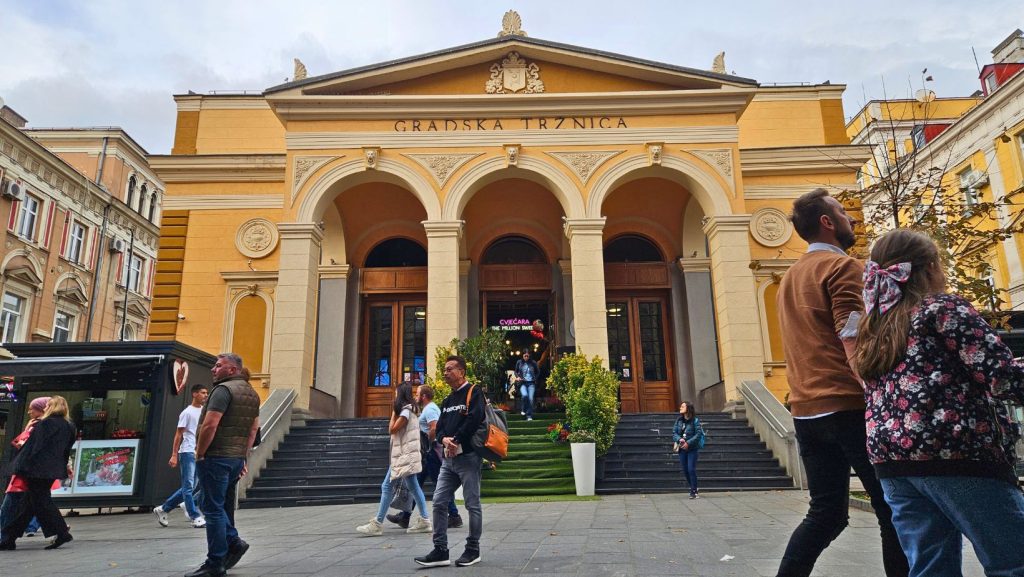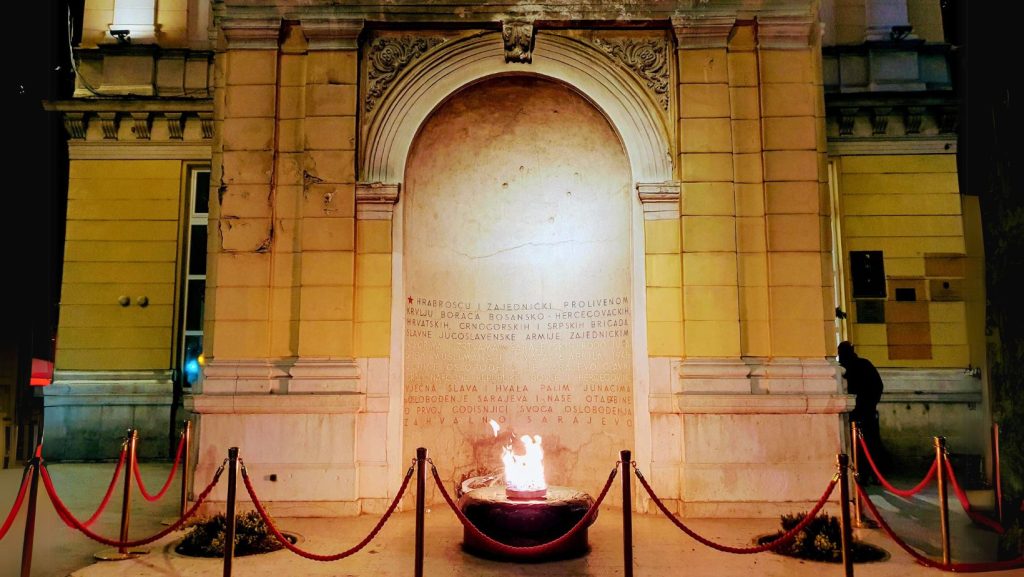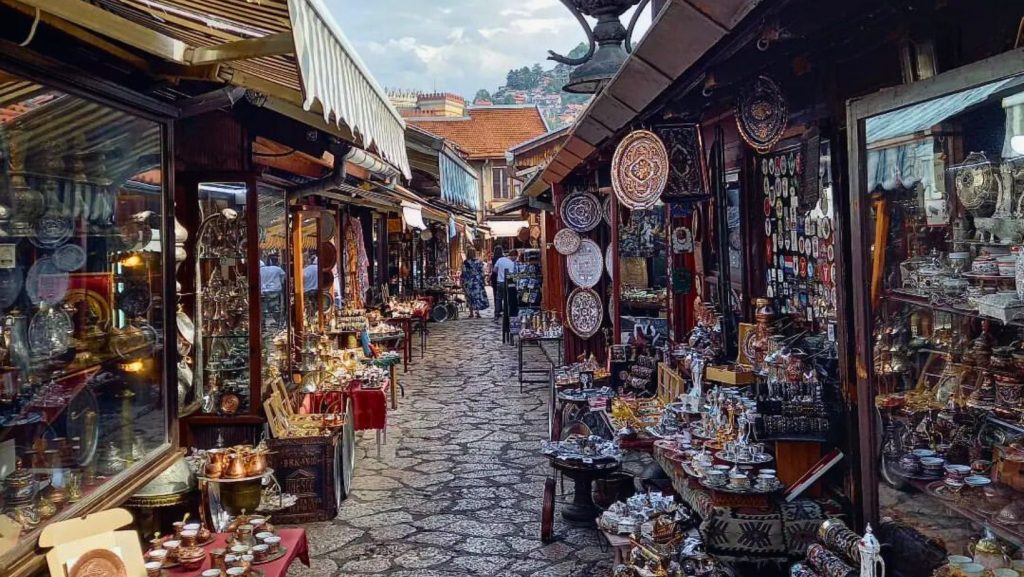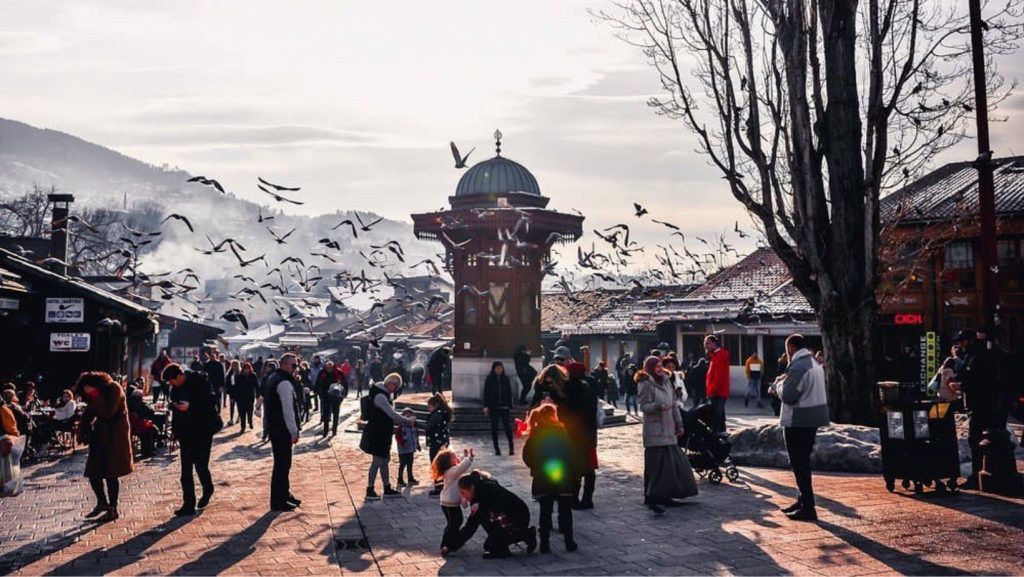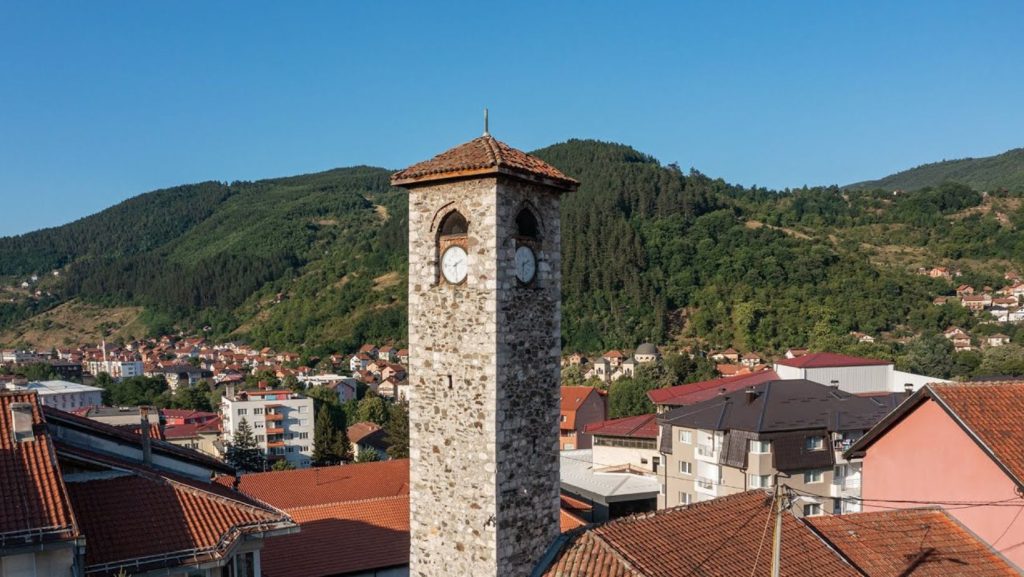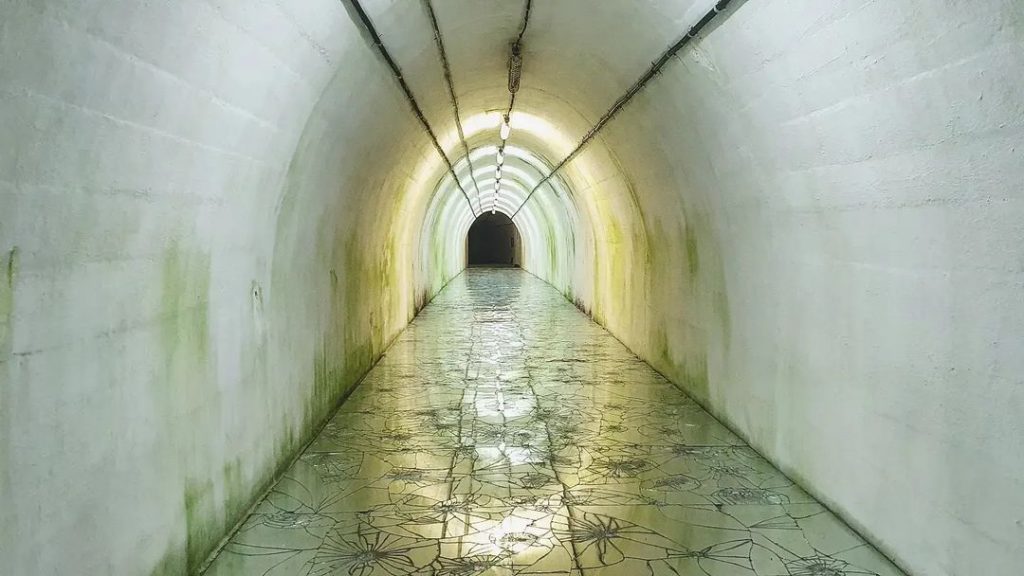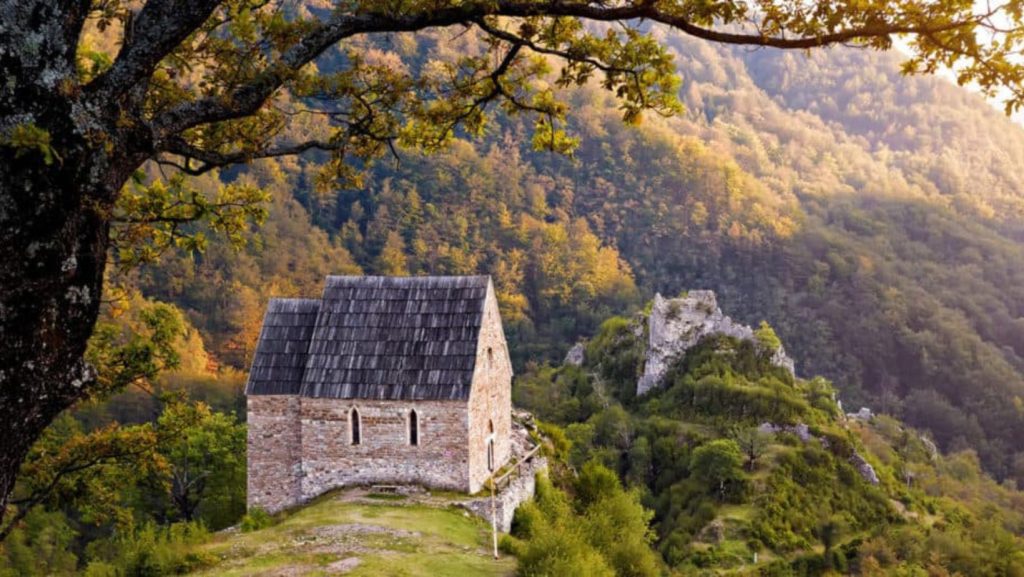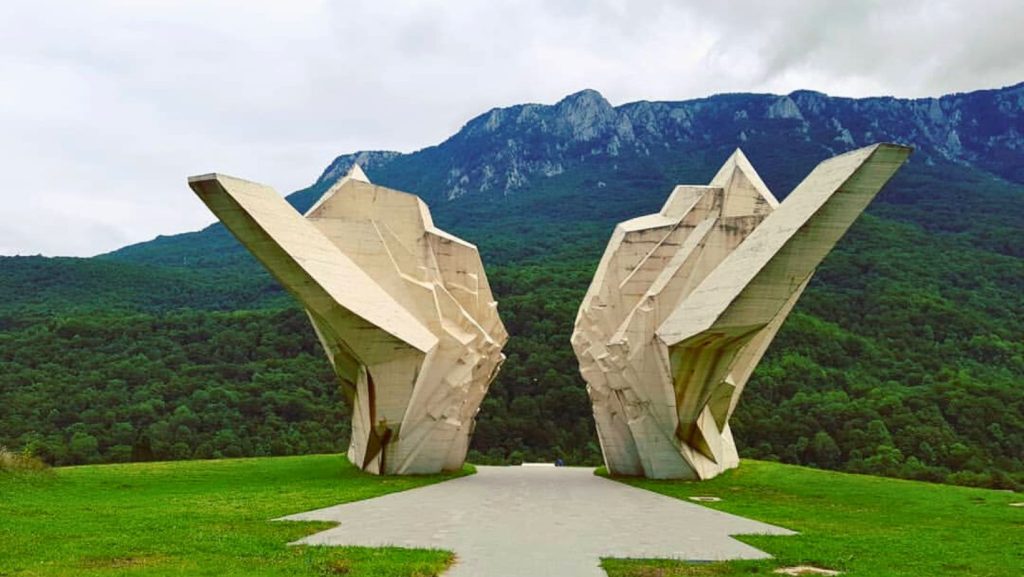…A Journey Through History…
Ostrožac Castle’s story is woven into the tapestry of this area’s turbulent past, standing resilient through the ages with numerous renovations and adaptations.
🏰 Medieval Period:
Dating back to 1286, Ostrožac was documented as a property of Prince Babonjić from Blagaj.
🕌 Ottoman Period:
As the headquarters of the sanjak from 1578, Ostrožac became a pivotal hub, boasting formidable defenses and serving as a strategic center for nearly three centuries under the Beširević family’s governance.
🏰 Austro-Hungarian Period:
In 1896, Earl Lotar von Berks transformed Ostrožac, constructing a magnificent neo-Gothic castle and enhancing accessibility with a serpentine road, leaving an indelible mark on its history.
🎨 Ostrožac Sculpture Colony:
Established in 1967, this initiative brought artists from around the world to craft monumental sculptures from bihacit stone, creating a captivating sculpture park within Ostrožac’s walls.
Perched atop a hill with panoramic views of the Una River, Ostrožac Castle offers not just history, but also easy access to the wonders of Una National Park.



